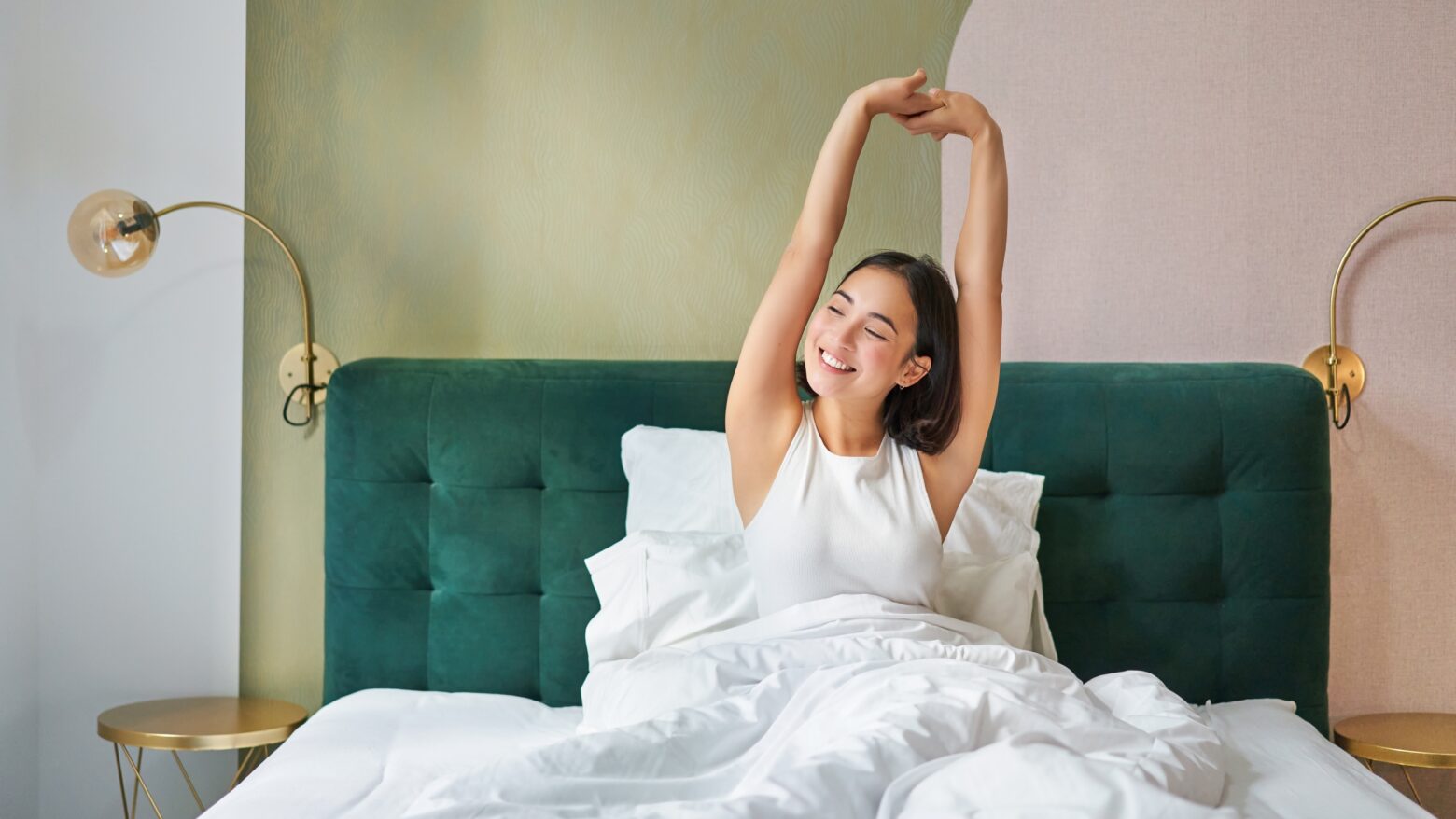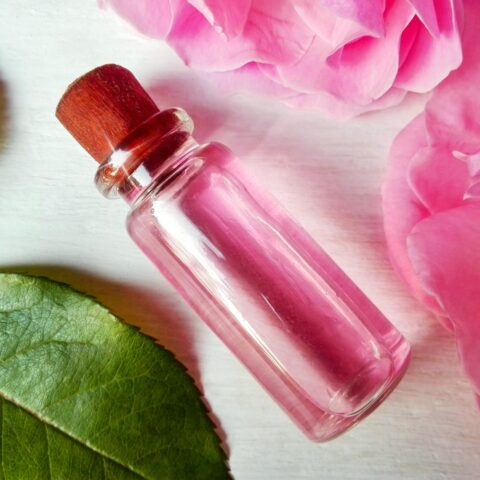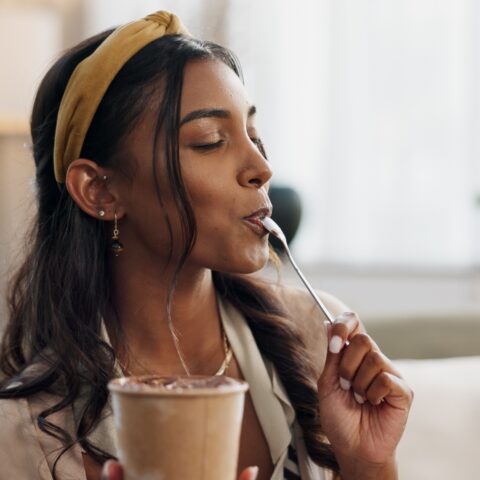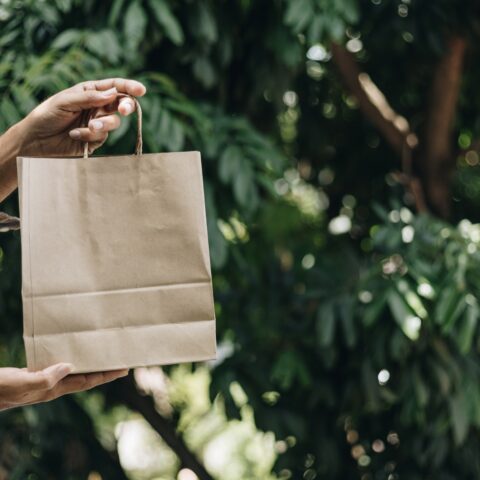How to Sleep Better After the Daylight Saving Time Change

Do you look forward to Daylight Saving Time (DST) in the spring as much as I do? I love having that extra hour in the evening to go for a bike ride or just enjoy the daylight. On the flip side, though, “springing ahead” means we lose an extra hour of sleep in order to gain those nice, sunny evening hours.
It might not seem like much, but that hour of lost sleep can really mess with your circadian rhythm. Sometimes it takes people several days to adjust, and with good reason: There’s less light in the morning, making it harder to get up; and that extra sunlight at night, no matter how glorious it is, can prevent us from winding down.
Here’s how to get your body to adjust to DST quickly this year, so you can really enjoy that sunlight tradeoff.
How Our Paleo Ancestors Slept
You probably assumed that before there was streaming and social media feeds keeping us up late at night, our hunter-gatherer Paleo ancestors did a better job of racking up the needed hours of sleep per night. Since we can’t go back in time to see for ourselves, researchers studied the sleep habits of present-day hunter-gatherer societies in Africa and South America to get an idea as to how our Paleo ancestors might have slept. [1]
The study found that many of these tribes only sleep an hour or two more than the average American. However, they get up consistently with the rising sun—something many of us struggle to do naturally. Plus, they clock in an extra hour of sleep in the wintertime, possibly suggesting that we’re hard-wired to turn in early during those darker months.
How Modern Americans Sleep
Our busy lifestyle and constant online connection can be disruptive. Our internal calendar is less driven by the sun, and dictated instead by our need to stay up late to finish work or to binge-watch our favorite show. Then we close the blinds tightly and sleep as late as we can on weekends.
That schedule may help with productivity (or, let’s be honest, our desire for entertainment) past sunset, but a highly variable sleep schedule can hurt us in the long run. Add to that the bi-annual time change we have to wrestle with, and our sleep schedule is bound to lead us down a path of poor health.
In fact, one recent study [2] published in Scientific Reports found that irregular sleep can lead to both physical and mental health problems down the road, like cardiovascular disease and depression.
How Nutrition Affects Sleep
Believe it or not, the foods you eat can either prime your brain and body for sleep—or deprive you of it. A recent study [3] on diet and sleep found that eating a diet low in fiber and high in saturated fat and sugar lead to lighter, less restorative sleep.
Our Paleo ancestors ate a much more nutrient-dense diet than humans do today. They gathered fresh, seasonal foods that were filled with the fiber, vitamins, and healthy fats needed to support a healthy circadian rhythm. In other words, those boxes of cereal, processed foods, and sugar most Americans eat on a daily basis might not support that deep, restful sleep we all crave—not to mention overall health.
Five Tricks to Sleep Better After “Springing Ahead”
In addition to maintaining as close to a Paleo Diet as possible (we recommend a very doable 85% Paleo lifestyle), here are a few tips and tricks to help you get the most from those extra hours of daylight and enjoy as much restful sleep as you need.
- Get outside first thing in the morning. It’s well established that light has a big impact on the brain. Use it to your advantage and get outside first thing in the morning to reset your circadian rhythm.
- Limit that coffee. Caffeine can stay in your bloodstream for up to six hours. That’s why it’s important to avoid it in the afternoon. If you really need your morning cup of Joe to get you going, we won’t deny you that—just be aware of the timing.
- Turn off electronics early. Ever notice that when you go camping (or even stay somewhere with no television), you get tired a lot sooner? Blue light disrupts melatonin production, keeping you awake longer than your body wants to be. Turn them off early and avoid looking at screens while you’re in bed.
- Engage in calming activities instead. So, what to do with your dark, pre-bed hours? Instead of watching TV or playing with your phone, try calming activities like journaling, meditating, a hot bath, reading a good novel, or listening to music—anything that will help you wind down, instead of keeping your brain activated.
- Prep your bedroom. You want your bedroom to be a calming place in which you look forward to resting your head at night. Ideally, your bedroom should be cool, dark, and not too quiet—consider using fans, dark curtains, or noise machines to achieve maximum sleep quality.
Yes, your modern lifestyle often can feel like an impediment to good sleep, but it doesn’t have to be that way. Sometimes just shifting your habits a bit can make a big difference in your sleep quality. Now you can rest easy with the tools you need for better sleep.
References
- Ellen R. Stothard, Andrew W. McHill, Christopher M. Depner, Monique K. LeBourgeois, John Axelsson, Kenneth P. Wright, Jr. Circadian Entrainment to the Natural Light-Dark Cycle across Seasons and the Weekend. Current Biology 27, 508–513 (2017).
- Lunsford-Avery, J.R., Engelhard, M.M., Navar, A.M. et al. Validation of the Sleep Regularity Index in Older Adults and Associations with Cardiometabolic Risk. Sci Rep 8, 14158 (2018). https://doi.org/10.1038/s41598-018-32402-5
- St-Onge, M. P., Roberts, A., Shechter, A., & Choudhury, A. R. (2016). Fiber and Saturated Fat Are Associated with Sleep Arousals and Slow Wave Sleep. Journal of clinical sleep medicine : JCSM : official publication of the American Academy of Sleep Medicine, 12(1), 19–24. https://doi.org/10.5664/jcsm.5384
Lauren Fellows
Lauren Fellows is a experienced editor and content manager with nutrition and lifestyle brands. She has worked for multiple Paleo brands assigning and editing content.
More About The Author




